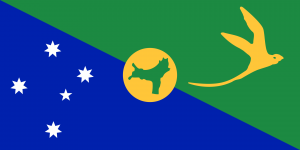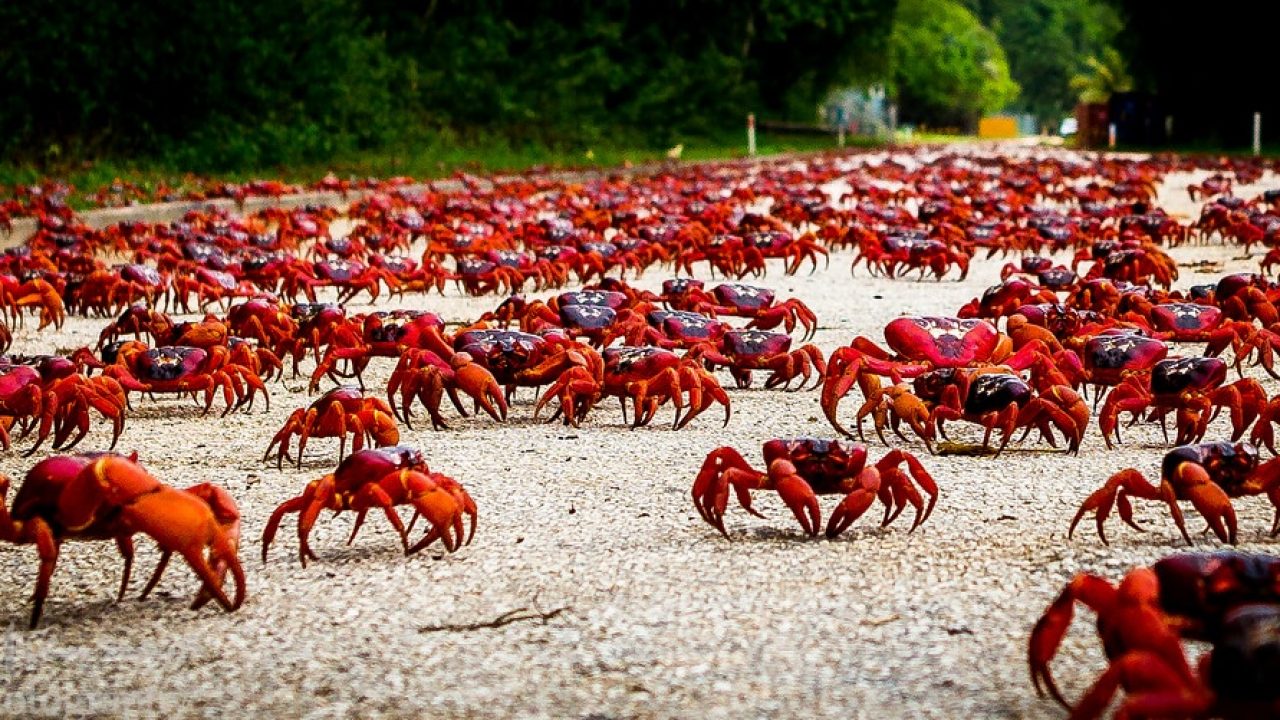Language/English/Culture/Christmas-Island-Timeline
History[edit | edit source]
She was baptized on December 25, 1643 by the English captain William Mynors who saw a small island in the heart of the Indian Ocean. Uninhabited during its controversial discovery (no one knows exactly when and by whom it was discovered), it is noted on a Dutch map by Pieter Goos, published in 1666. On this map the island was referred to as Moni.
The first certain visit dates from March 1688 by the British William Dampier who found the island uninhabited.
The first installation on the island was made two hundred years later, at a place called Flying Fish Cove, in 1888 by the British George Clunies-Ross who, with Sir John Murray, a British naturalist, obtained the first lease of land. . The latter, having analyzed rock samples, found that it was composed almost entirely of phosphate (fertilizer). Following this discovery, the island was annexed by the United Kingdom on June 6, 1888 and was administered by the colony of Singapore, as a dependency of the Straits Settlements, as the group formed by the colonies of Malacca was then called, Penang and Singapore.
Phosphate mining began in 1897 with the founding of Christmas Island Phosphate Co. Ltd.
From March 1942 until the end of World War II in 1945, Japanese forces occupied the island.
This island became Australian territory on October 1, 1958 with the entry into force of the Christmas Island Act 1958–59. Since that date, the Australian administration of the territory has been under the responsibility of an official representative of the Australian government. This situation was changed in 1968 by the appointment of an administrator reporting to the Ministry of Territories.
In 1948, the Australian and New Zealand governments, which along with the British Phosphate Commissioners had continued to mine intensively, bought the island from the Christmas Island Phosphate Company. The Australian Phosphate Corporation, a national authority, replaced the previous operators in 1981. This situation lasted until 1987, when the Corporation in turn ceased and was replaced by a company belonging to the Union of Christmas Island. Workers. Phosphate extraction is still the main industry on the island.
In 1989, a national park of some 1,600 ha was created, in which a rare species of red crab is protected, thus covering 60% of the island, comprising mainly the rainforest. It is monitored by the Australian Nature Conservation Agency.
Government[edit | edit source]
Christmas Island is a non-self-governing Australian territory administered by the Department of Transport and Regional Services (DOTARS). The legal system is placed under the authority of the Governor General of Australia and Australian law. An administrator, appointed by the Governor General, represents the Queen and Australia.
There is a local council, the Christmas Island Shire Council (9 seats; direct election for four years, half of the seats renewed every 2 years).
At the federal level, Australian residents of the island are represented in the House of Representatives by elected officials from the constituency of Lingiari (Northern Territory), and in the Senate by senators from the Northern Territory.
World Timelines[edit source]
Other Lessons[edit | edit source]
- Canada Timeline
- British Virgin Islands Timeline
- Guernsey Timeline
- South Georgia South Sandwich Islands Timeline
- Baseball
- Falkland Islands Timeline
- Ascension Island Timeline
- Dominica Timeline
- History of Anguilla
- Bahamas Timeline
- What is America
- Best personal development books
- Australia Timeline
- Bermuda Timeline


